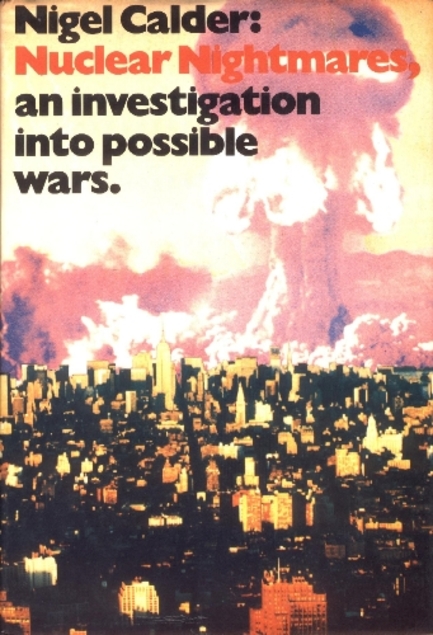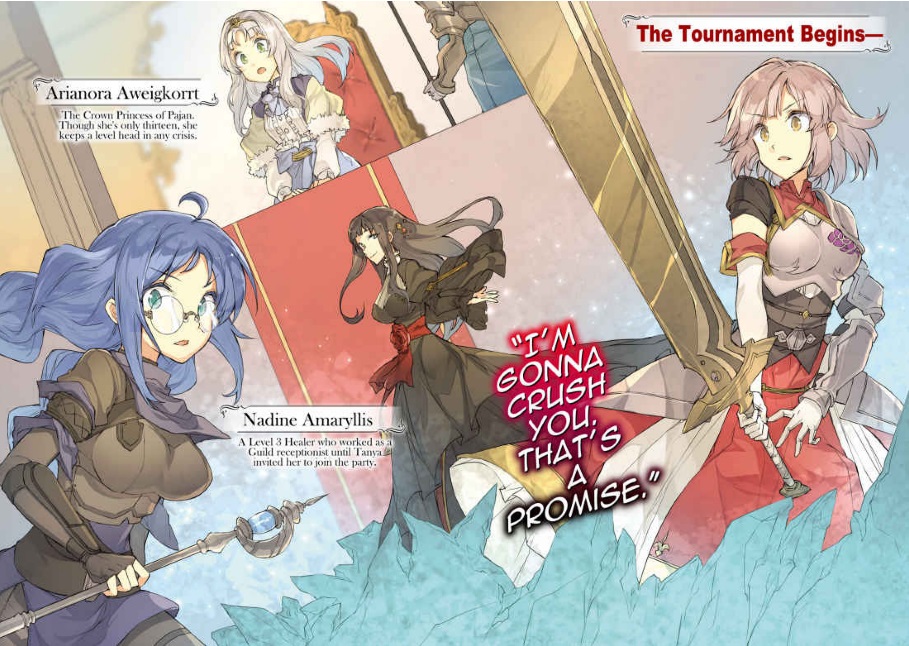
Snow & Steel: the Battle of the Bulge 1944 – 45
Peter Caddick-Adams
872 pages including notes and index
published in 2014
Nuts!
The story of the Bulge should be familiar. Hitler’s last roll of the dice, an offensive that nobody expected. The goal: to split the western allies apart by reconquering Antwerp. Elite panzers racing through the Ardennes, reliving the glory days of May 1940, expecting little resistance from the outnumbered and inexperienced American forces stationed there. the allied airfoces, grounded by bad weather and unable to come to the rescue. The unexpected resistance and Hitler’s hopes smashed at Bastogne, when after an imperious demand to surrender now the town was surrounded, the commanding American officer responded with a simple “Nuts!”
It’s a great story, a story the town of Bastogne dines out on to this very day. When I was there on holiday last October literally every second shop window had something about the siege in its display. It also has the benefit of being mostly true. But it isn’t the entire truth of the Ardennes Offensive, or Peter Caddick-Adams wouldn’t have needed almost nine hundred pages to tell its story. There were other sieges beside Bastogne, other places where American resistance held up the Nazi attack long enough for it to ultimately fail, other tales of heroism and tragedy to be told. Arguably, one could say that the fate of the offensive had been determined long before Bastogne had even been reached. Similarly, the story didn’t end when the siege of Bastogne was lifted. There was more hard fighting to be done, fighting which lasted into January and February of 1945.
It’s Snow & Steel‘s ambition to tell the entire story of the Battle of the Bulge, knowing full well it’s impossible to do so. As the author himself has admitted, the air war for example is barely covered in this book. Similarly, some important battles are barely touched upon, some phases of the campaign less exhaustively treated than others. What Snow & Steel instead provide is as good as possible an overview of the campaign as a whole, set in context of both what gave birth to it and how it in turn impacted the rest of the war. Not only that, Caddick-Adams also looks at its impact after the war, on the people that fought in it but also those who sought to learn from its lessons. He himself has a background in the (Cold War) UK military and knows from first-hand experience how the Ardennes Offensive was studied to prepare for the expected Soviet attack on West Germany.
The first third of the book therefore is all about establishing the context in which the offensive took place, why it was planned and how it was planned. The conventional idea about the Ardennes Offensive is that Hitler thought it up on September 16th, when he announced it to the commanders who would lead the operation. As Caddick-Adams shows though, Hitler had from almost the start of the fighting in Normandy aimed for a decisive counterattack against the Anglo-American forces landed there, there had been attempts to do so but ultimately it wasn’t until the Germans had been driven out of France and Belgium that there was an opportunity to do so. Once the situation had stabilised, both the target of Antwerp as the Ardennes as the sector to attack through made sense. Antwerp was the closest harbour to the front the Allies had, only recently opened. Without it, supplies needed to come all the way from Normandy and Bretagne again and it was this logistic strain that had stopped Allied progress in the first place. Doing it through the Ardennes, repeating the success of May 1940 made sense both psychological as military. It was a quiet sector, undermanned and with a number of green divisions just arrived in theatre. If it could be done by surprise and if it could count on the absence of Allied air support, the operation had a chance of succeeding, at least in its initial goal, crossing the Meuse.
Not that many of the actual commanders believed that was possible, let alone reaching Antwerp, but this was 1944 and Hitler was in no mood for dissent after having almost been killed in a Wehrmacht plot. A more realistic plan would’ve been to try and encircle the American troops in the Ardennes and at the border with Germany, to try and destroy 15-20 divisions that way to buy time to prepare the defence of Germany, but that was rejected. To be fair, such a success wouldn’t have mattered much, only postponed the inevitable. Only if Hitler’s plan succeeded and had the effect of tearing apart the western allies would Germany have a chance at a negotiated peace. As Caddick-Adams shows, this was an idle hope. Both the goal and the effects it would have were unrealistic. Even getting to the Meuse, basically the start line for the drive to Antwerp would require a miracle, everything going to plan and the Allied responding exactly like Hitler wanted them to. But it didn’t and they didn’t and by the end of the first day it was already clear that it would not work.
Ironically it might have been the paranoid security measures Hitler insisted on to keep the operation a secret that both made it such a surprise to the Allies and led to its ultimate failure. For various reasons, the usual intelligence the Allies relied upon were already less effective now the enemy was in its homeland. No need for encrypted radio broadcasts if you can use your secure telephone lines for example. At the same time, the actual participants in the operation were kept in the dark as long as possible. Initially only the highest commanders of the offensive were in the loop, while the average soldier was only informed just before the offensive started. There was little opportunity therefore for anybody to spill the secret, but it also meant the troops were ill prepared for the actual fight. Worse, with Hitler forbidding reconnaissance efforts or anything that could give away the game, the Germans were also much less informed about the Allied positions and strengths than you would’ve wanted to be.
When it comes to the actual battle, it becomes clear almost from the start that it would fail. Initial resistance is much harder than the Germans realised and the highly optimistic targets for the first day are reached almost nowhere. Worse, the Allied response is much quicker than Hitler had anticipated. Much of the credit for that Caddick-Adams gives to Eisenhouwer, who acted decisively from day one to get reinforcements to the front and to get the shoulders of the offensive stabilised in order to counter attack. With the failure to get through the Ardennes as quickly as was needed to be able to cross the Meuse and start the true offensive, the fighting became a war of attrition which the Germans would always lose. Ultimately it set the Allies’ plans for the invasion of Germany back a couple of months, but in return many of the elite troops and weapons they would’ve faced otherwise had already been destroyed in the Bulge.
I started reading this book because I went on holiday to the Ardennes with my family, visiting the Bastogne War Museum there, but also because of the excellent series of Battle of the Bulge programmes the Youtube channel WW2TV ran in early December. If you want to get a taste of Peter Caddick-Adams writing, then watch the presentation he did for that channel on 10 Facts about the Battle of the Bulge everyone should know. I really like the methological way Caddick-Adams sets out his vision on the Offensive and why it was doomed to failure in this book and if you want a one volume overview of the campaign this is the one to get. I would however recommend that you keep both Wikipedia and Google Maps handy to look up things, because it can be a bit confusing at times. Viewing the battlefields on Google Maps gives a better grasps at the geography and flow of the battles, while Wikipedia is handy to look up some of the less explained details.




